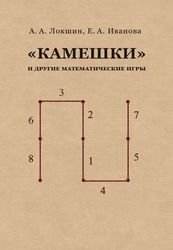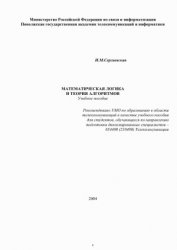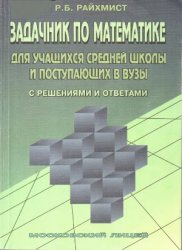- Добавил: vvkot
- Дата: 14-08-2023, 12:18
- Комментариев: 0
Название: Digital communications
Автор: Mehmet Safak
Издательство: Wiley, Year
Год: 2017
Формат: pdf
Страниц: 909
Размер: 40,81 МБ
Язык: English
This is a modern textbook on digital communications and is designed for senior undergraduate and graduate students, whilst also providing a valuable reference for those working in the telecommunications industry. It provides a simple and thorough access to a wide range of topics through use of figures, tables, examples and problem sets.



